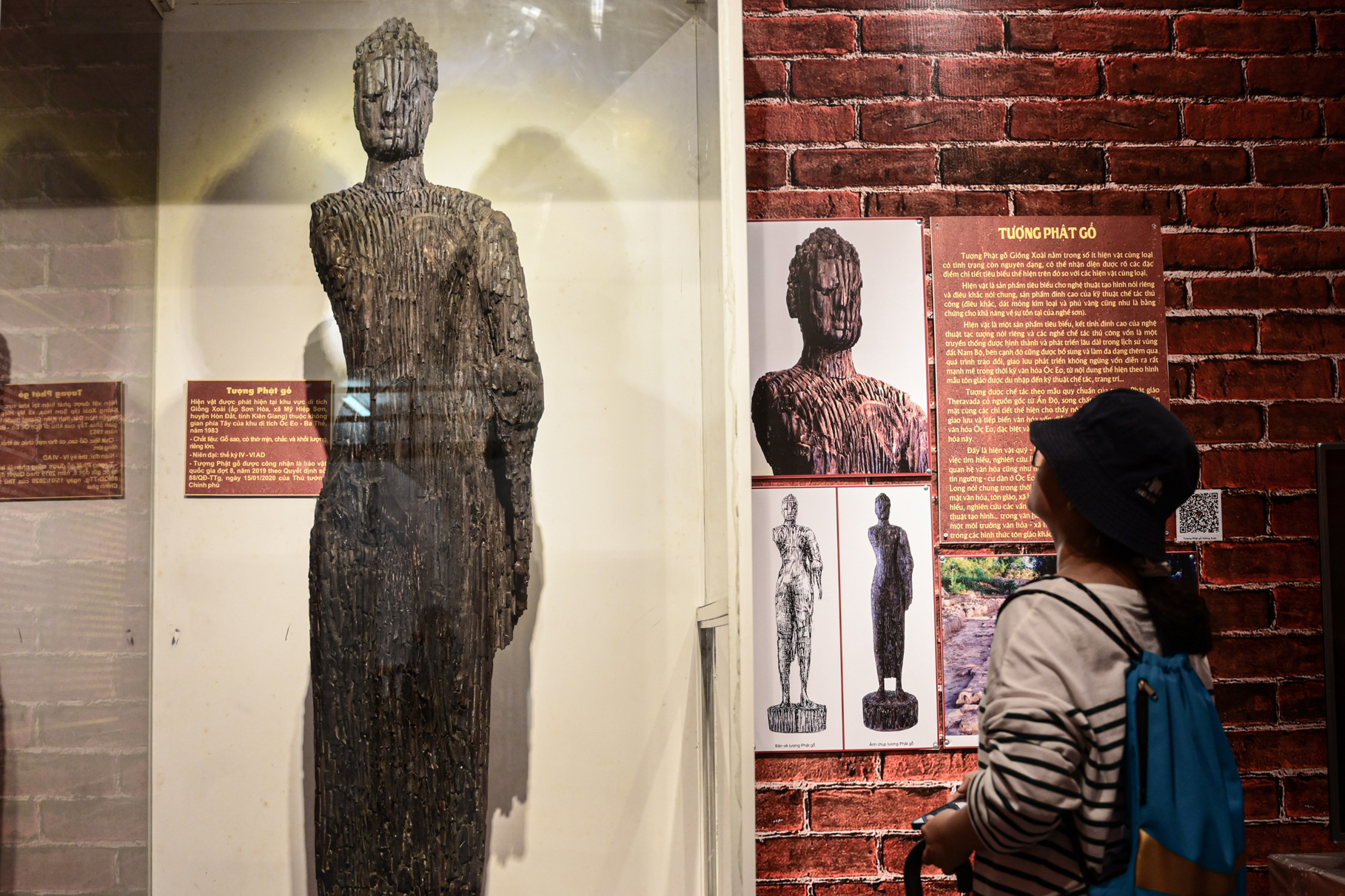
Photo: Can Tho Museum
Tran Tuyen
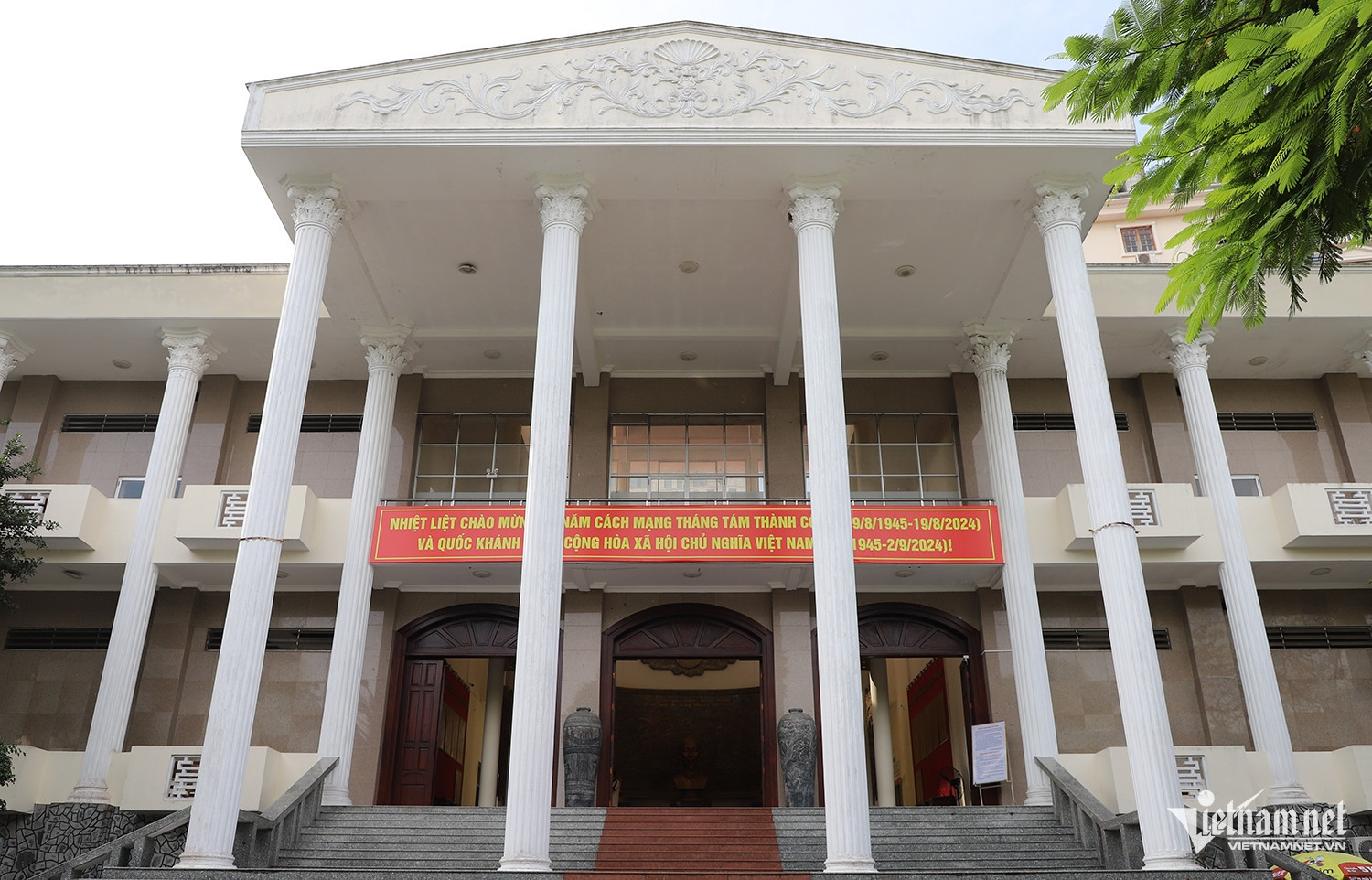
Can Tho is home to four national treasures currently preserved and exhibited at the city's museum. These artifacts, belonging to the ancient Funan civilization of the Oc Eo culture (1st–7th centuries), were excavated at the Nhon Thanh archaeological site in Nhon Thanh Commune, Phong Dien District, Can Tho.

The Nhon Thanh mould set (1st–7th centuries) exemplifies the highly advanced craftsmanship of local jewelers, representing the flourishing artisanal industry of the Oc Eo period.
This artifact collection demonstrates the complete process of metal jewelry creation, from initial sketches and mould crafting to smelting, pouring, and final product creation by the Funan artisans.

The set comprises 11 items: samples of metal slag, a clay crucible, a pouring cup, ceramic tools for bending bracelets, three moulds, and four metal items (bracelets, serrated earrings, beetle-shaped earrings, and gourd-shaped earrings).
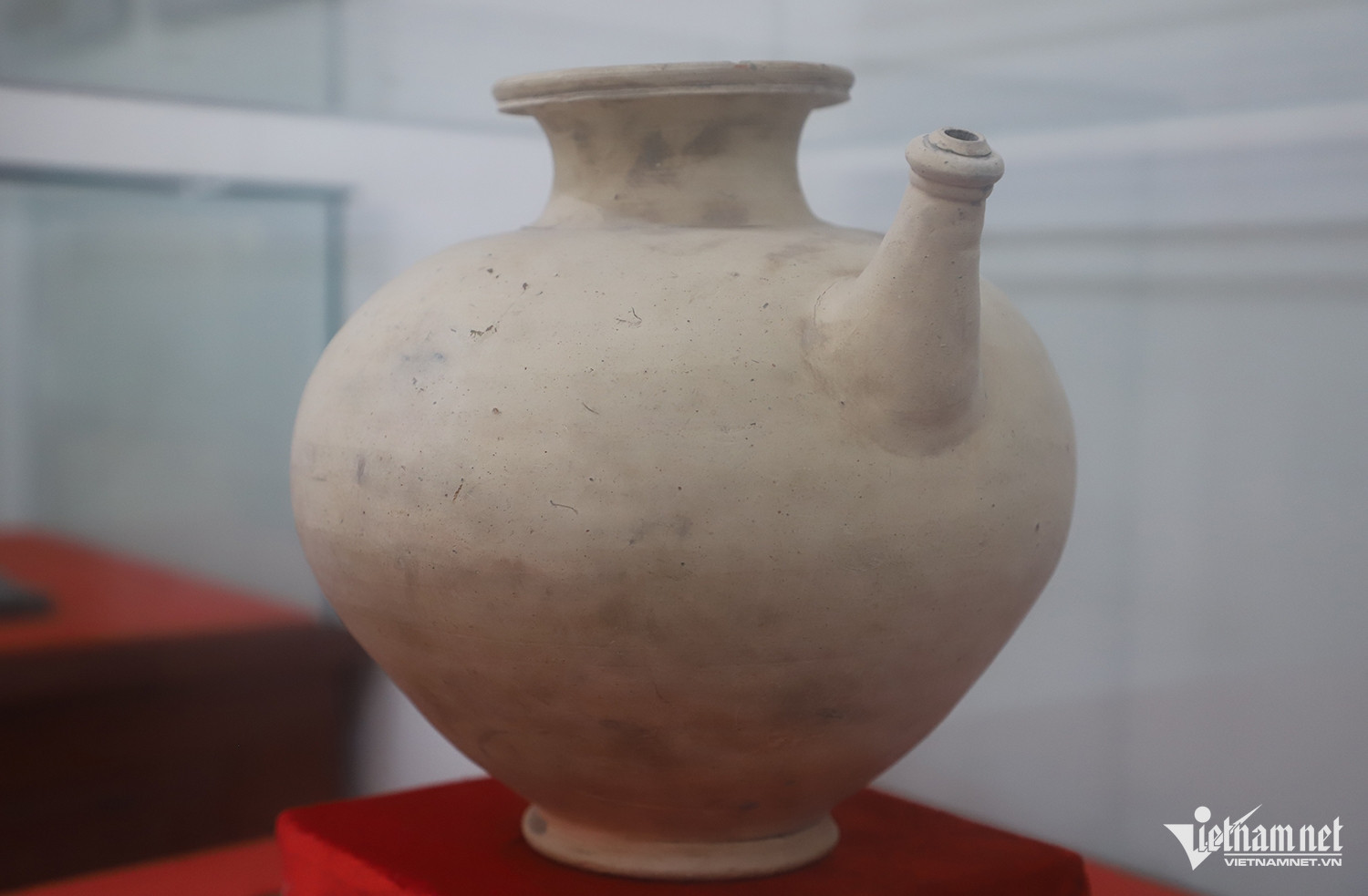
The Nhon Thanh ceramic vase (5th century) is crafted from fine, durable clay. The vase features a light gray core and a pale yellow glaze. Its spherical body, narrow neck, flared mouth, wide shoulders, and an attached spout angled upward reflect exquisite craftsmanship.
This vase is the most intact artifact discovered from the Oc Eo culture in Southern Vietnam. It epitomizes the pinnacle of ceramic-making techniques, showcasing unique aesthetics and cultural and religious influences, particularly the integration of Indian and local traditions.

The Nhon Thanh Buddha statue (4th–6th centuries) is carved from dark brown wood, portraying a dynamic yet balanced figure standing gracefully on a lotus pedestal.
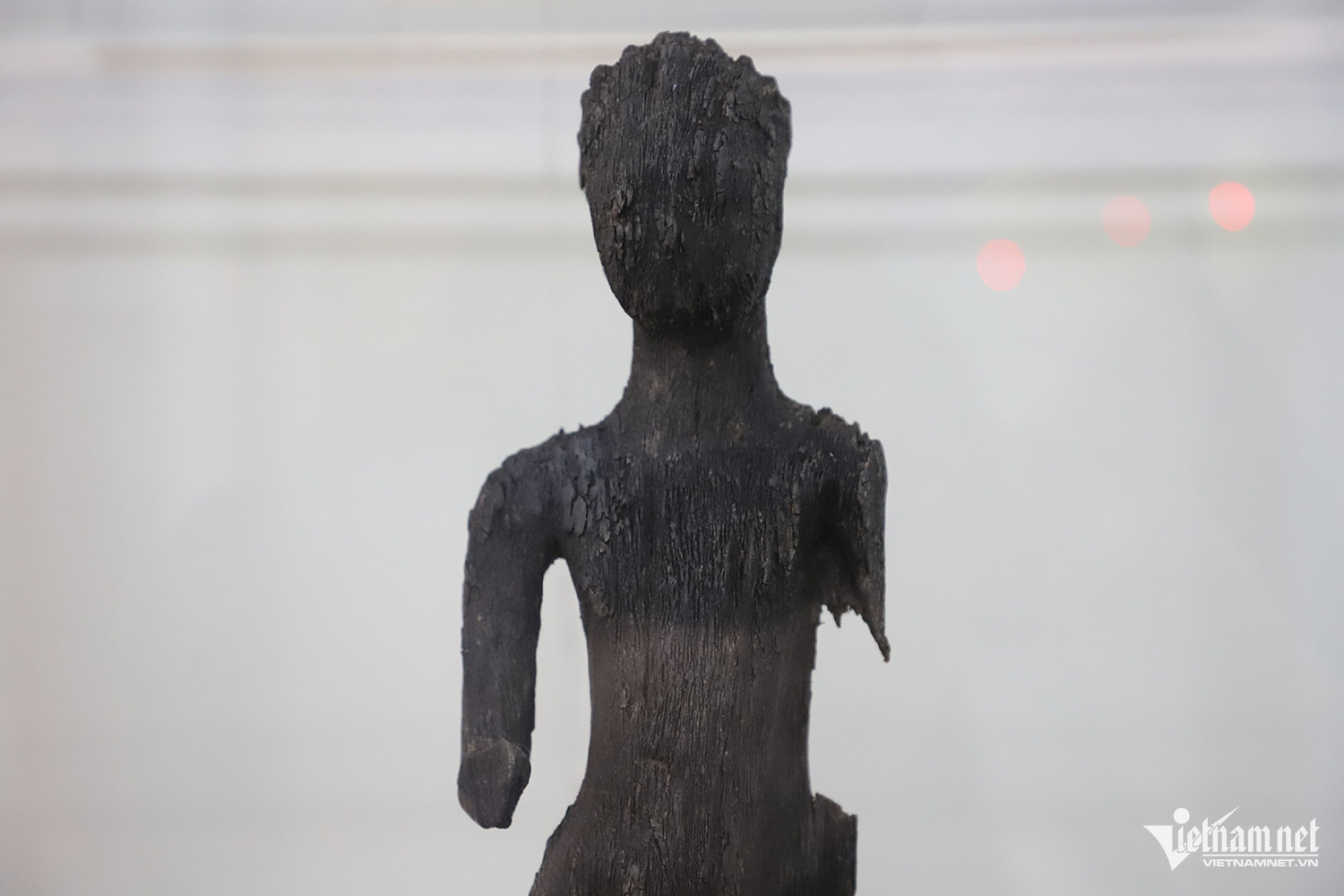
The statue's head features an ushnisha (cranial protuberance), and its spiral-patterned hair adds to the divine aura. The facial expressions and posture exude a gentle, approachable quality, combining artistic and spiritual harmony.

The Nhon Thanh Linga-Yoni (5th century) is the first and only artifact of its kind discovered in the Oc Eo culture of Southern Vietnam and Southeast Asia.
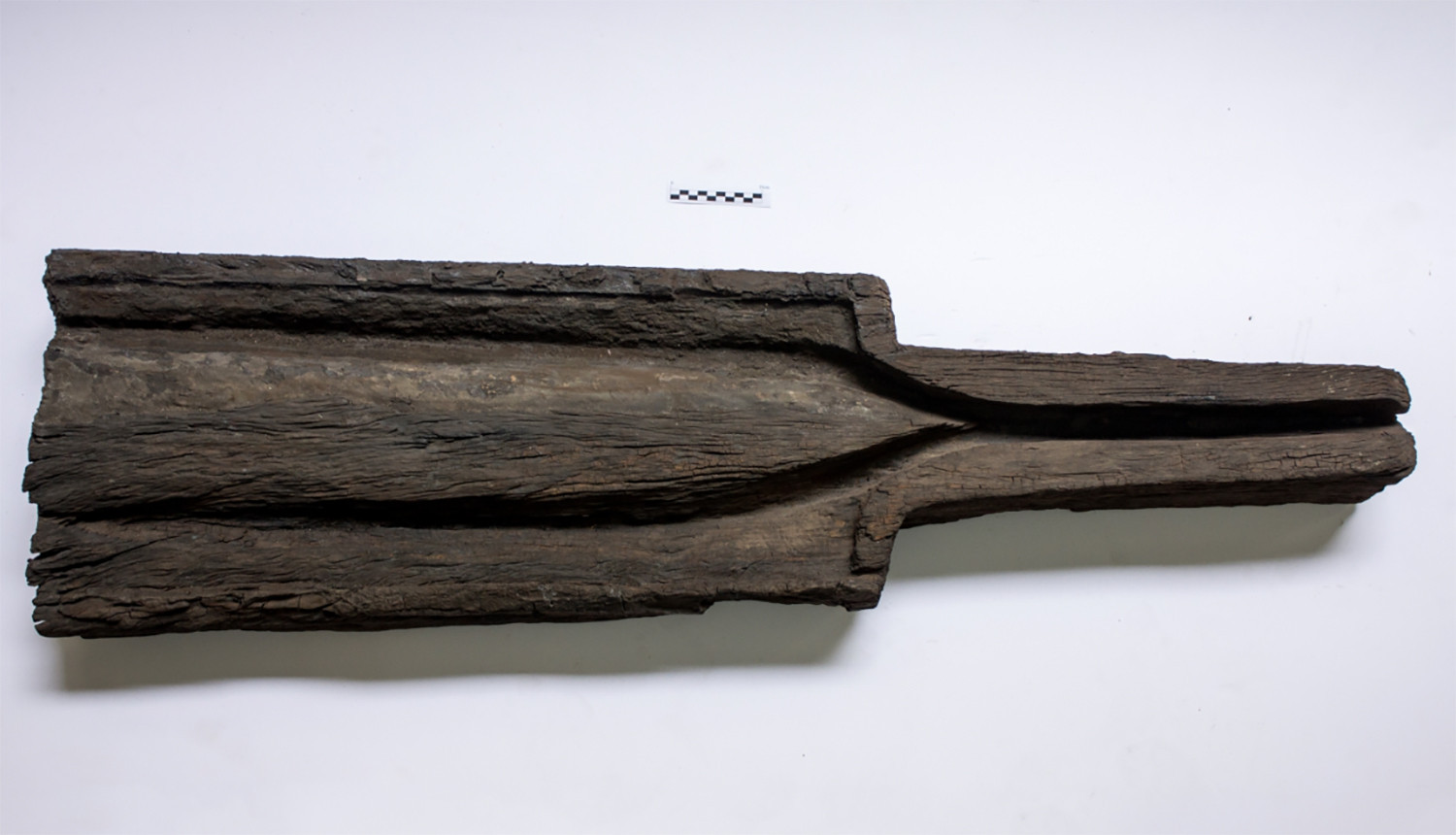
The rectangular artifact features a prominent Linga (symbolizing Shiva’s masculine energy) situated harmoniously within the Yoni (symbolizing Shiva’s feminine energy). The elongated, pointed form reflects the vibrant fertility beliefs of ancient times.
 |
 |
In addition to these treasures, the museum also houses numerous other artifacts from the Oc Eo culture, alongside materials, objects, and images showcasing Vietnam’s heroic wartime history, diverse cultural heritage, and the historical development of Can Tho.

Photo: Can Tho Museum
Tran Tuyen